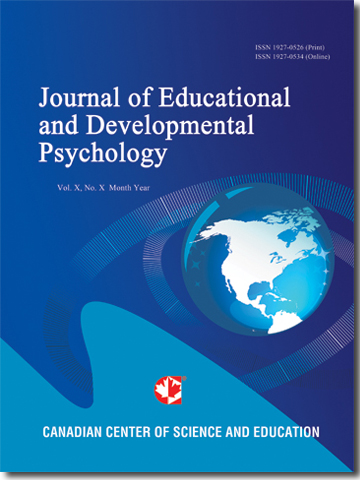Effects of Higher Order Questioning in Prekindergarten for School Readiness
- Tiffany Papa
Abstract
This study investigated whether the strategy of higher order questioning during interest area time would have a positive effect on kindergarten school readiness (specifically focusing on mathematical and language concepts) for students in a low-socioeconomic area school. Evidence from the Developmental Indicators for the Assessment of Learning/ Third Edition (DIAL-3) scores (completed upon entering kindergarten) establishes that the students in this low-socioeconomic area school were not kindergarten ready.
Statistical analyses concurred that increasing the frequency of higher order questioning during interest area time significantly improves the test performance of students within the mathematical and language concepts area of the DIAL-3 assessment.
The student achievement results of providing teacher training in higher-order questioning techniques during interest area time (the most vital learning time of the prekindergarten day) has provided evidence of increased cognitive development, ultimately increasing student achievement in mathematical and language skills. High-quality prekindergarten services involving best practices are the precursors for kindergarten; therefore, improving teacher-child verbal interactions in prekindergarten ultimately addresses the issue of kindergarten school readiness.
Additional findings included a correlation indicating that the students who did well in Language skills also did well in Mathematics and a statistically significant correlation existed between better scores and positive behavior.
It is anticipated that the contributions of the present study will encourage future research that will continue to elaborate upon the effects of higher order questioning at the prekindergarten level on kindergarten school readiness.
- Full Text:
 PDF
PDF
- DOI:10.5539/jedp.v10n2p25
Journal Metrics
(The data was calculated based on Google Scholar Citations)
1. Google-based Impact Factor (2021): 1.11
2. h-index (December 2021): 29
3. i10-index (December 2021): 87
4. h5-index (December 2021): N/A
5. h5-median (December 2021): N/A
Index
- Academic Journals Database
- CNKI Scholar
- Copyright Clearance Center
- CrossRef
- Elektronische Zeitschriftenbibliothek (EZB)
- EuroPub Database
- Excellence in Research for Australia (ERA)
- Harvard Library
- Jisc Library Hub Discover
- JournalSeek
- JournalTOCs
- LIVIVO (ZB MED)
- LOCKSS
- MIAR
- Open Access Journals Search Engine(OAJSE)
- PKP Open Archives Harvester
- Publons
- ROAD
- Scilit
- SHERPA/RoMEO
- Standard Periodical Directory
- Stanford Libraries
- Technische Informationsbibliothek (TIB)
- UCR Library
- UoB Library
- WorldCat
- Zeitschriften Daten Bank (ZDB)
Contact
- Carol WongEditorial Assistant
- jedp@ccsenet.org
